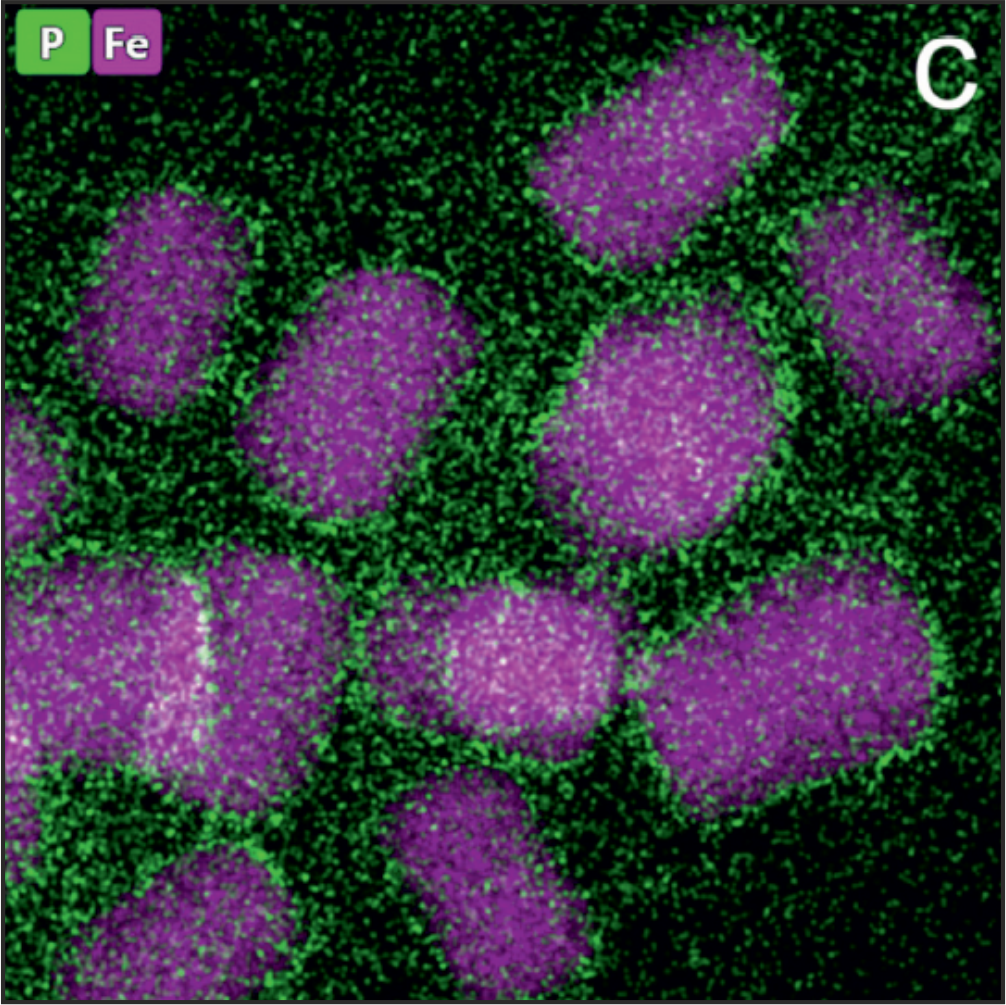Minerals in the sediments of Lake Balaton
Abstract
As the largest water body in landlocked Hungary, Lake Balaton is often affectionately referred to as the “Sea of Hungary”. Given the economic, touristic and cultural significance of the lake, the preservation of its good ecological state under increasing anthropogenic pressure has always been a priority. This has been the trigger for intense scientific research over the last 130 years. Concerns about silting and eutrophication-related water quality deterioration have directed attention to the Holocene lake sediments. As a result of intense research efforts, by the end of the second half of the 20th century the processes governing sediment accumulation were fairly well understood. This can also be said with respect to the mineralogical composition and the role of the sediment in nutrient cycles. Nevertheless, current research using modern geochemical and mineralogical techniques can reveal important new details about the major mineral components of the sediment. This review focuses on some recently-discovered features of carbonate precipitation, including the roles of clay minerals in the nucleation of calcite. Furthermore, it discusses certain groups of minerals that form under biological control. There are several lines of ongoing research that aim at obtaining a better understanding of atomic-scale details of mineral-forming processes in the lake. These efforts will also try to decipher the respective roles of mud minerals in phosphorus mobilization (a process that resulted in an unexpected algal bloom event in 2019).
















